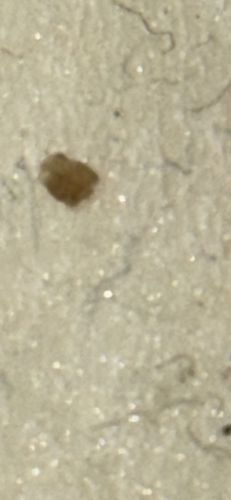Dust mite
Scientific Name: Dermatophagoides pteronyssinus (European house dust mite) or Dermatophagoides farinae (American house dust mite) are the most common species, among others.
Order & Family: Order: Sarcoptiformes, Family: Pyroglyphidae
Size: Approximately 0.2 to 0.3 mm (0.008 to 0.012 inches) in length, making them microscopic and invisible to the naked eye.

Natural Habitat
Typically found indoors, especially in bedding, upholstered furniture, carpets, and curtains, where dead skin cells and humidity are abundant.
Diet & Feeding
Primarily feed on dead skin cells (dander) from humans and pets, as well as other organic detritus found in dust.
Behavior Patterns
Dust mites thrive in warm, humid environments and feed on organic detritus. They are most active at night and tend to aggregate in areas with high human or pet activity.
Risks & Benefits
Potential risks include triggering allergic reactions and asthma in sensitive individuals due to their fecal matter and body fragments. They offer no known direct benefits to humans or ecosystems.
Identified on: 9/4/2025